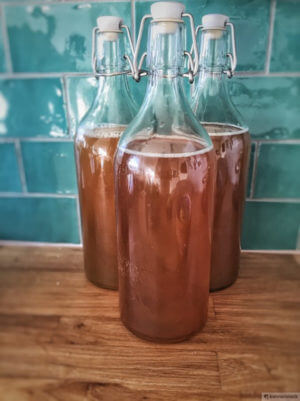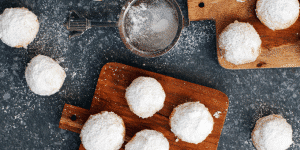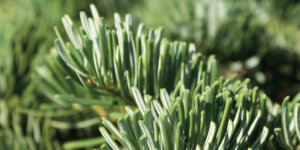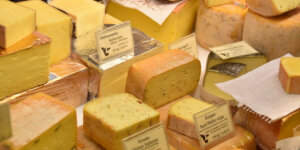Make Your Own Kombucha: The Tea Beast Lives
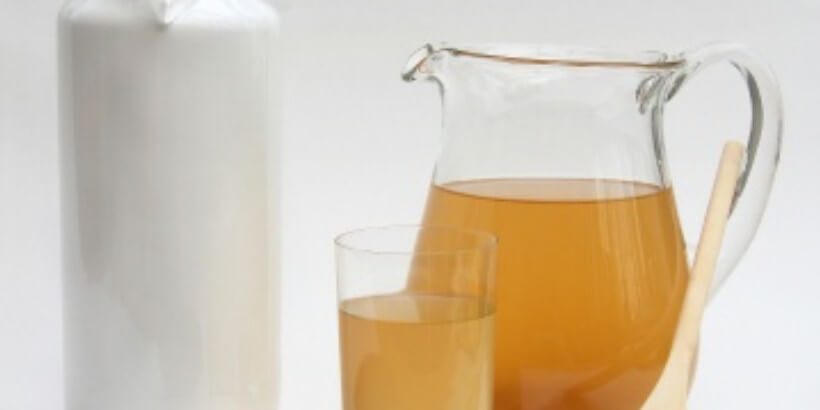
Kombucha. The tea beast. The new and trendy health drink. The combination black tea and bacteria ball that is known to cure ailments, heal emotional wounds, and impress houseguests who happen upon it by accident when looking for the dog treats. What’s better than drinking this wonderful tea? Making your own.
The following is an excerpt from Wild Fermentation by Sandor Katz. It has been adapted for the web.
Kombucha is a sour tonic beverage, like rejuvelac and kvass, and in Russia, where it has enjoyed long popularity, it is often referred to as “tea kvass.” Kombucha is sweetened black tea, cultured with a “mother,” also known as “the tea beast,” a gelatinous colony of bacteria and yeast. The mother ferments the sweet tea and reproduces itself, like kefir grains.
Kombucha is thought to have originated in China, and has been popular at different times in many different lands. It is beneficial to health, like other live fermented foods, and for a few years in the mid-1990s it was a big American health fad. Any potential cure is appealing to people living with chronic disease. My friend and fellow AIDS survivor Spree got caught up in the kombucha craze. Soon he had more “mother” than he knew what to do with, and started getting everyone to try it. Almost everyone enjoyed the sweet-sour flavor of kombucha. People got really creative with alternative sweet substances for the mother to ferment. I remember our friend Brett Love made kombucha from his favorite soft drink, Mountain Dew. Fermentation processes are very versatile.
The trickiest part of making kombucha is finding a mother. Ask at local health food stores. On the Web, kombucha enthusiasts maintain a Worldwide Kombucha Exchange at www.kombu.de, where mothers are widely available for just shipping costs. Kombucha mothers are also available from G.E.M. Cultures. (See the Cultural Resources section.)
 Timeframe
Timeframe
About 7 to 10 days
Ingredients
For 1 quart/1 liter
1 quart/1 liter water
1⁄4 cup/60 milliliters sugar
1 tablespoon/15 milliliters loose black tea or
2 teabags
1⁄2 cup/125 milliliters mature acidic kombucha
Kombucha mother
Process
- Mix water and sugar and bring to a boil in a small cooking pot.
- Turn off the heat; add tea, cover, and steep about 15 minutes.
- Strain the tea into a glass container. It’s best to use something wide; kombucha needs adequate surface area and works best if the diameter of the container is greater than the depth of the liquid.
- Allow the tea to cool to body temperature.
- Add the mature acidic kombucha. When you obtain a culture, it will be stored in this liquid. Save a portion of subsequent batches for this purpose.
- Place the kombucha mother in the liquid, with the firm, opaque side up.
- Cover with a cloth and store in a warm spot, ideally 70° to 85°F (21° to 29°C).
- After a few days to 1 week, depending on temperature, you will notice a skin forming on the surface of the kombucha. Taste the liquid. It will probably still be sweet. The longer it sits, the more acidic it will become.
- Once it reaches the acidity you like, start a new batch and store your mature kombucha in the refrigerator. You now have two mothers, the original one you started with, and a new one, the skin that formed on your first batch. Use either the new or the old mother in your new batch, and pass the other one on to a friend (or the compost). Each generation will give birth to a new mother, and the old mother will thicken.
Recommended Reads
Recent Articles
The scent of fir trees is a holiday staple 🎄 Imagine sipping a festive cocktail infused with the unmistakable taste of fir ✨ This holiday season, elevate your entertaining game by introducing fir to your menu – from classy cocktails to rustic potatoes!
Read MoreLooking for a way to use that leftover Thanksgiving Turkey? Shake things up this holiday season with a game-changing twist. Serve these easy-to-make appetizers with a side of Vietnamese dipping sauce for an extra kick of flavor!
Read MoreAttention all cheese lovers! If you’re looking for recipes to satisfy all your cheesy needs, then look no further.
Read More

